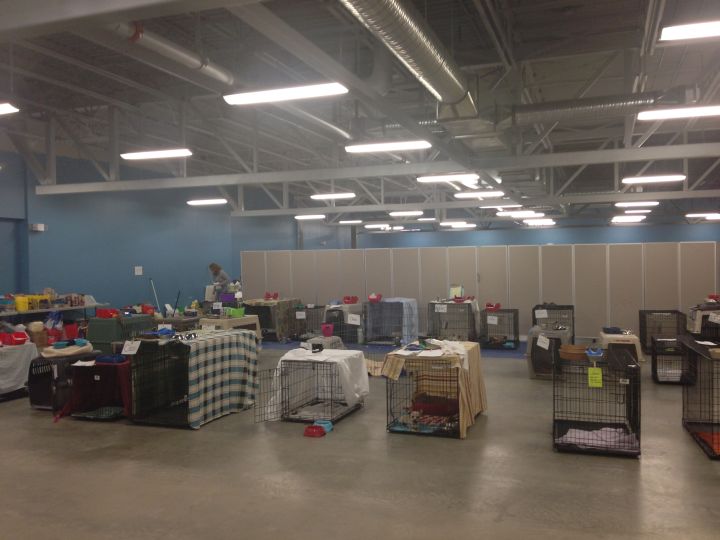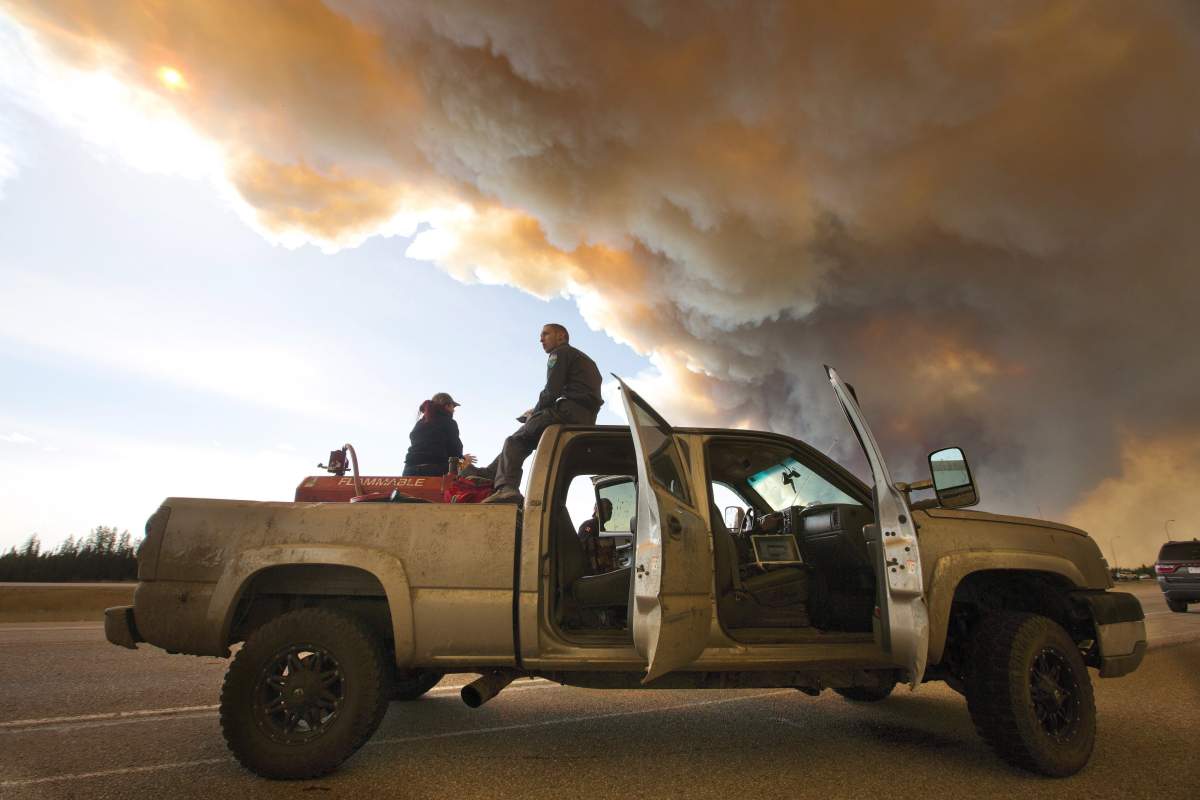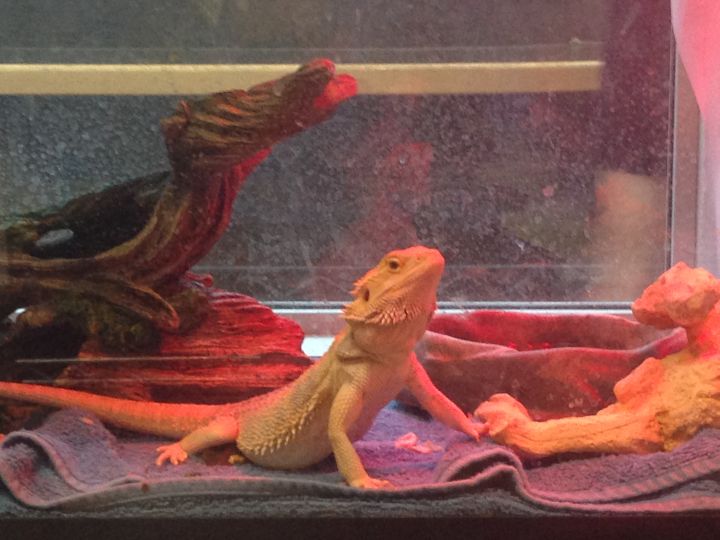A Calgary researcher says the Fort McMurray wildfire in 2016 showed how pets are often overlooked in disaster planning.

Dr. Kim Williams with Mount Royal University’s Centre for Community Disaster Research interviewed 32 evacuees, first responders, veterinarians, volunteers, politicians, policy-makers and animal welfare workers involved in Canada’s costliest natural disaster.
READ MORE: Pet owners desperate to save animals left behind during the Fort McMurray Wildfire
In a paper released Tuesday, she said a common theme emerged.
“Although the risk of wildfire is high in and around Fort McMurray, neither the province nor the (Regional Municipality of Wood Buffalo) had a plan for how to manage companion animals during a disaster,” said Williams, an associate professor of women’s and gender studies.
Some 88,000 people were forced from their homes as the fire — so fierce and unpredictable it was nicknamed “the Beast” — spread into the northeastern Alberta city. Almost 2,600 dwellings were destroyed.
Of the estimated 40,000 pets there at the time, between 1,200 and 1,500 had to be left behind when the whole city was evacuated May 3.
READ MORE: Good Samaritans from Edmonton rescue 10 dogs, 2 cats, 5 kittens during Fort McMurray wildfire
Initially, first responders went from home to home providing food and water to animals, but the evacuation lasted longer than expected. A rescue operation began for the critters four days after their humans left, and the first truckload arrived in Edmonton early on May 8.
Williams called the first 72 hours of the evacuation a “communications gong show” as people struggled to find out if their animals were OK and how they could be reunited.
It’s not clear how many pets died.

Get breaking National news
READ MORE: Fort McMurray SPCA spent the weekend rescuing pets—in secret
Williams recommends that an animal welfare expert be included in emergency operations centres during disasters so those concerns aren’t overlooked.
She said people she interviewed emphasized that many animal welfare workers are women and they should feel safe and respected in often male-dominated disaster zones.
The paper highlights challenges in obtaining and transporting necessary pet-care supplies during the Fort McMurray evacuation. Williams recommends shipping containers be set up filled with non-perishable supplies such as cat litter at various spots in the province so that they could be easily moved where needed.
During the fire, there were also issues with veterinarians being unable to get access to animals’ health records. Williams said she would like to see those records kept in an electronic database.
The research found animal caregivers in Fort McMurray were taken aback by how many exotic animals there were. It was hard enough to wrangle all the dogs and cats, but staff were not prepared for all the lizards, birds and snakes that came their way, Williams said.
“There’s a problem with animal licensing,” she said. “People need to know that they’re there.”
Williams said failing to make animal care a bigger part of emergency planning ultimately puts human lives at risk.
“Pets are an integral part of people’s families, and humans will delay or refuse evacuation if they cannot evacuate with their pets or, at the very least, be assured that first responders and emergency management personnel have a well-organized plan for managing those pets that must be left behind,” she wrote.
“Spontaneous volunteers will sneak into disaster areas to rescue forcibly abandoned pets for the same reasons.”
WATCH: Cora Dion owns four horses but only had a two-horse trailer when Fort McMurray was evacuated during the May 2016 wildfire. One year later, Dion recalls following her twin daughters in a truck while they fled the fire on the backs of their horses.







Comments